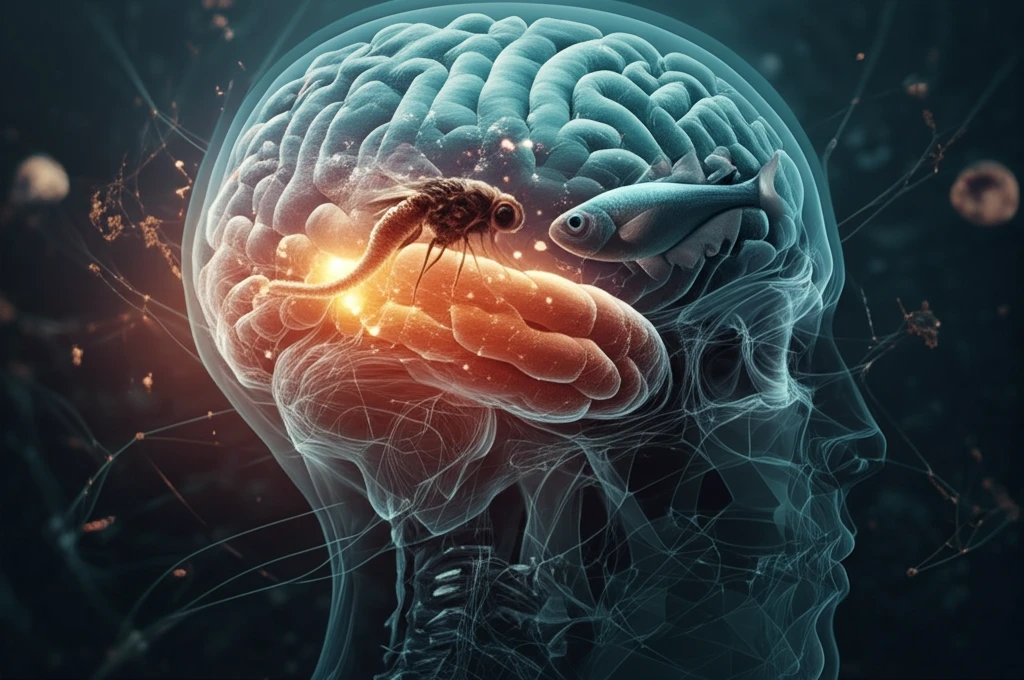
Unlocking Alzheimer's: How Simple Organisms Are Revolutionizing Brain Disease Research
"Tiny worms, fruit flies, and zebrafish are offering big clues about Alzheimer's, offering a fast track to new treatments and a better understanding of disease mechanisms."
Alzheimer's disease, a looming health crisis magnified by an aging global population, demands innovative approaches to understanding its intricate pathology. Traditional research methods, often reliant on complex mammalian models, face hurdles of high costs and lengthy study durations. This has spurred scientists to explore alternative, simpler in vivo models that can accelerate the pace of discovery.
Enter the world of Caenorhabditis elegans (a tiny nematode worm), Drosophila melanogaster (the common fruit fly), and Danio rerio (the zebrafish). These unassuming organisms are emerging as powerful tools in the fight against Alzheimer's, offering unique advantages for studying the disease's underlying mechanisms and testing potential therapies.
This article delves into how these simple organisms are being used to model Alzheimer's disease. We'll explore their strengths, limitations, and the remarkable insights they're providing into this complex condition. From uncovering genetic links to screening potential drugs, these models are proving invaluable in the quest to conquer Alzheimer's.
Why Worms, Flies, and Fish? The Allure of Simple Model Organisms

Studying neurodegenerative diseases in living organisms is inherently complex. Factors such as the intricacy of the nervous system, the organism's lifespan, and the availability of research tools all pose significant challenges. While mammalian models like mice are frequently used, they come with drawbacks – namely, the considerable expense and time required to observe age-related disease progression. This is where non-mammalian models shine.
- Rapid Lifecycles: These organisms have short lifespans, allowing researchers to study disease progression and the effects of interventions much faster than in mammalian models.
- Genetic Malleability: They are highly amenable to genetic manipulation, making it easy to create models that mimic specific aspects of Alzheimer's disease.
- Well-Characterized Genomes: Their genomes are fully sequenced and annotated, providing a wealth of information for researchers.
- Cost-Effectiveness: Maintaining these organisms is significantly cheaper than maintaining mammalian models, making research more accessible.
A Promising Future
C. elegans, Drosophila, and zebrafish offer a compelling alternative to traditional rodent models in Alzheimer's research. Their rapid lifecycles, genetic accessibility, and cost-effectiveness make them invaluable tools for dissecting the complexities of this disease and accelerating the development of new therapies. While these simple models have limitations, their contributions to our understanding of Alzheimer's are undeniable, paving the way for a more hopeful future for those affected by this devastating condition. Further research is necessary to validate findings in mammalian systems and ultimately translate these discoveries into effective treatments for human patients.
